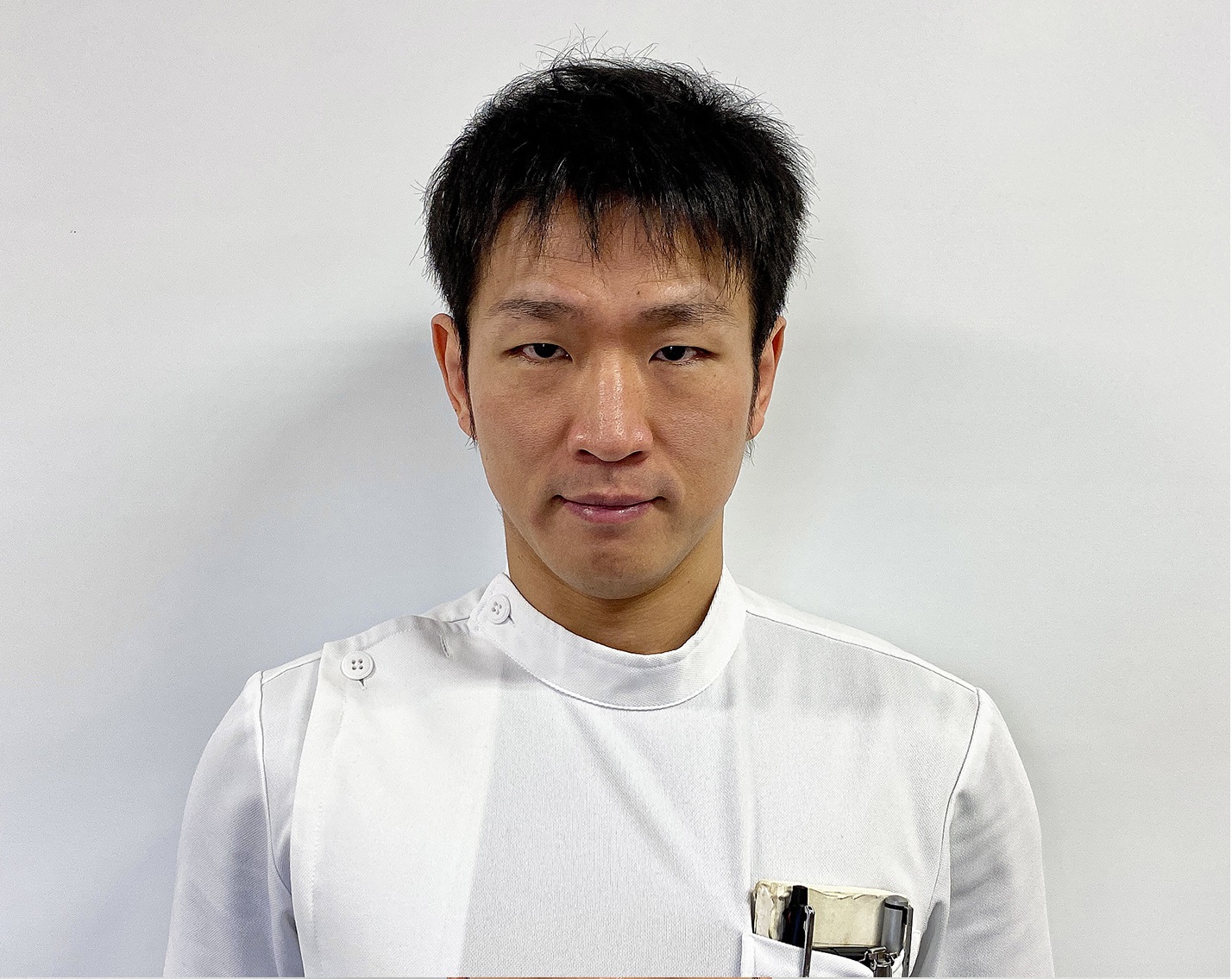Description
Introduction
The semitendinosus (ST) tendon is commonly employed as a graft in anterior cruciate ligament (ACL) reconstruction. However, there is growing interest in the quadriceps tendon (QT) due to its high failure load and lower rate of ACL re-rupture compared to the ST.
The reconstructed ACL undergoes ligamentization, which is an important factor in determining when to return to sports activities. It remains unclear whether there are differences in ligamentization between QT and ST grafts.
UTE-T2* mapping has gained attention as a method for observing the ligamentization of the reconstructed ACL. The relaxation time T2* reflects the T2* relaxation of collagen-bound water in tendons and ligaments and is ideal for capturing tissue changes during ligamentization of reconstructed ACLs. Therefore, the UTE T2* technique is appropriate for observing the ligamentization of the reconstructed ACL.
This study aimed to reveal differences in ligamentization between QT and ST grafts after ACL using UTE-T2* mapping. We hypothesized that QT grafts would lead to faster tissue ligamentization compared to ST grafts.
Materials and methods
Twenty patients who underwent primary ACL reconstruction between 2019 and 2022 were included in this study. The patients were divided into two groups according to the type of graft used for ACL reconstruction, as follows: ST group (5 male and 5 female patients; average age, 18.4 ± 4.5 years) and QT group (6 male and 4 female patients; average age, 19.0 ± 10.8 years).
All patients were treated by a single orthopedic surgeon and underwent rehabilitation after ACL reconstruction using a standardized postoperative protocol. UTE-T2* mapping was performed in these patients 6 months after surgery. The slices in the UTE-T2* mapping for measuring the T2* values were selected by referring to slices in which the reconstructed ACL was more distinct on the oblique sagittal T2-weighted image. The UTE-T2* values for the intraarticular region of the reconstructed ACLs were measured as the average of three locations: proximal, middle, and distal sites. The values for the intraosseous regions of the reconstructed ACLs were measured at one site each of the tunnel in the tibia and femur. One orthopedic surgeon used a 5-mm2 circle to manually segment the regions of interest within areas unaffected by artifacts. All measurements were performed thrice, and the average value was used as the UTE-T2* value for each region. The Mann-Whitney U test was used to compare the T2* values of the QT and ST groups. Statistical significance was set at P < 0.05.
Results
In the QT group, the UTE-T2* values at 6 months postoperatively were 11.8 ± 1.4 ms (intra-articular region), 7.8 ± 1.7 ms (tibial site), and 8.9 ± 1.6 ms (femoral site). In the ST group, the corresponding UTE-T2* values were 13.1 ± 1.9 ms, 7.4 ± 1.2 ms, and 11.5 ± 2.3 ms, respectively. Notably, a significant difference was observed between the two groups in the intraosseous region of the femoral site (P < 0.019).
Conclusions
Maturation of QT grafts after ACL reconstruction is faster than that of ST grafts in femoral site of intraosseous.




